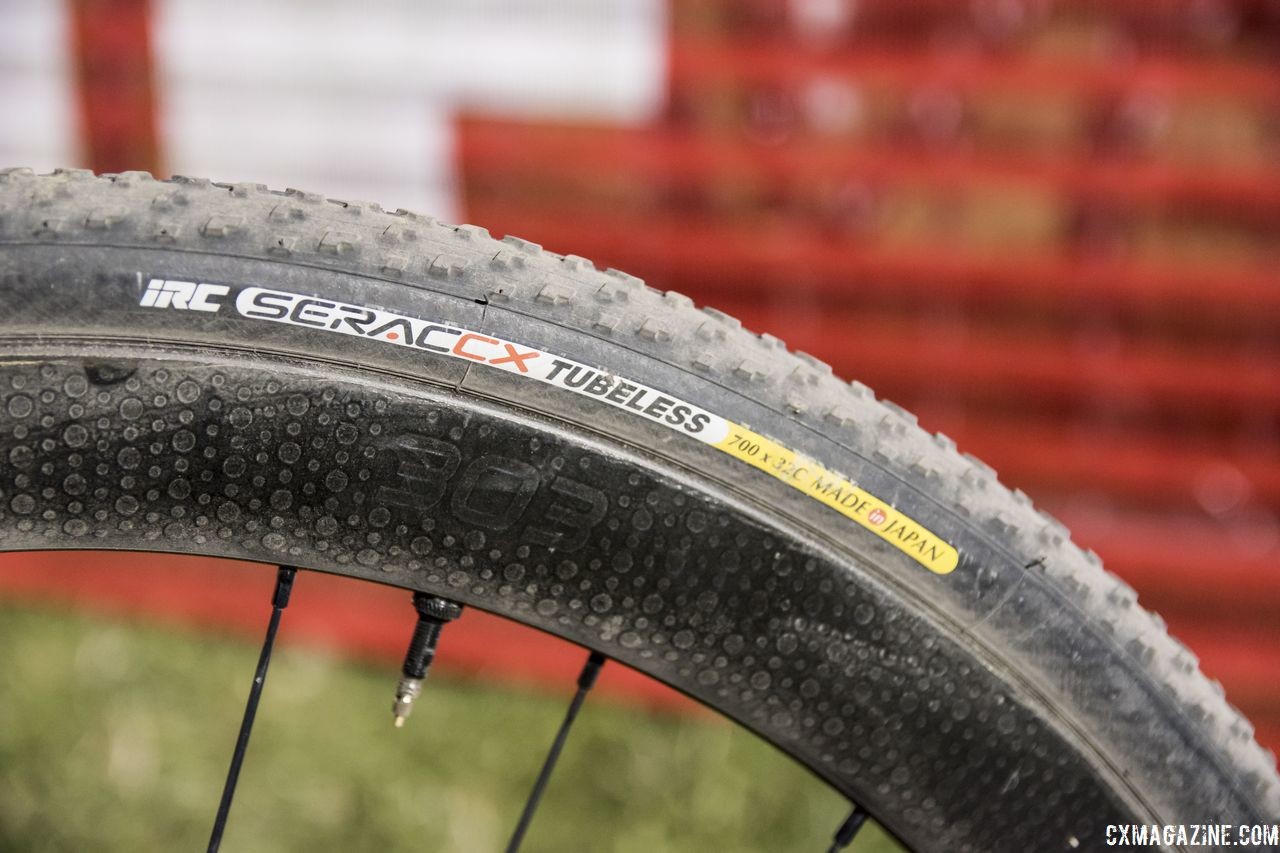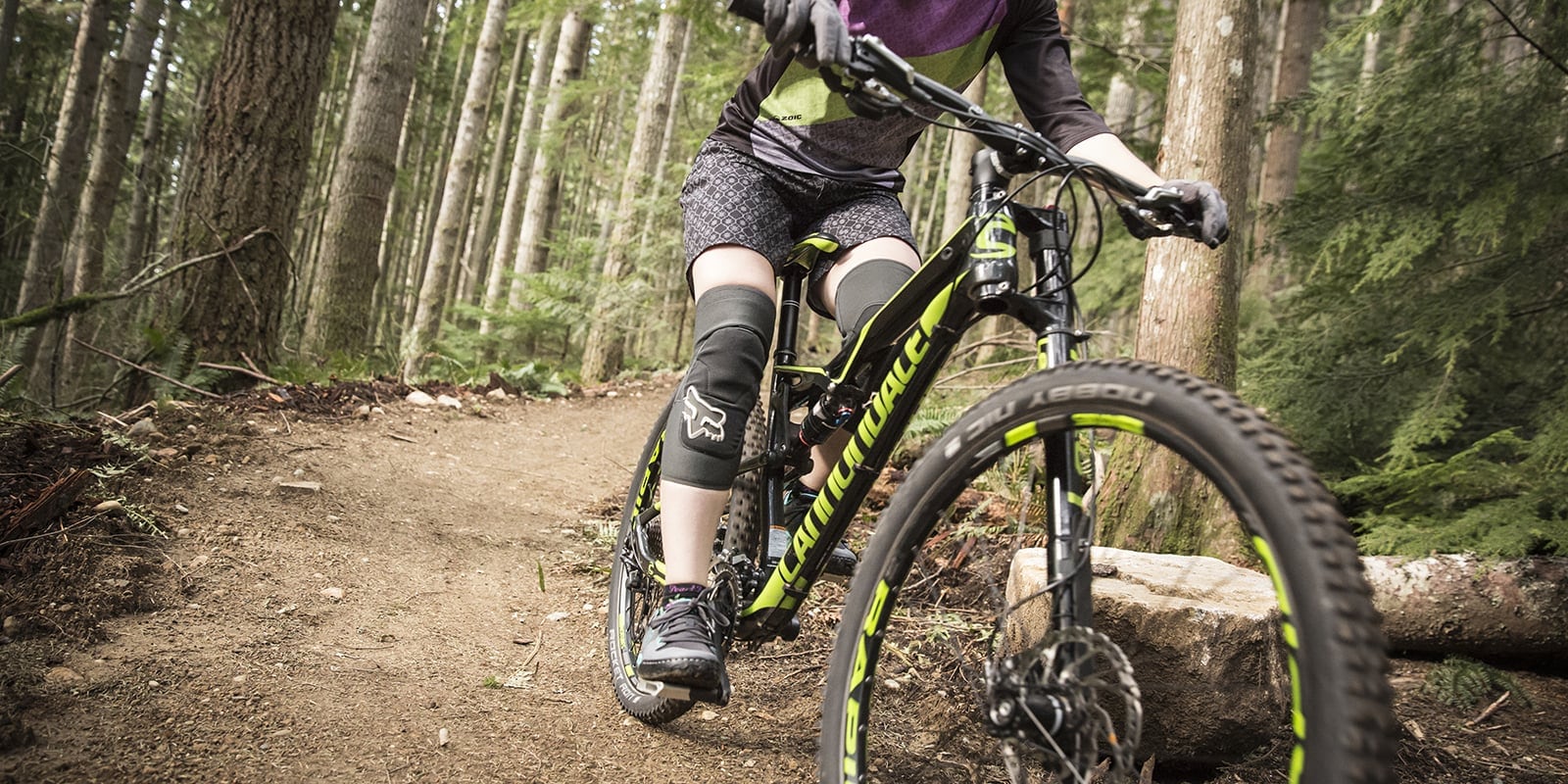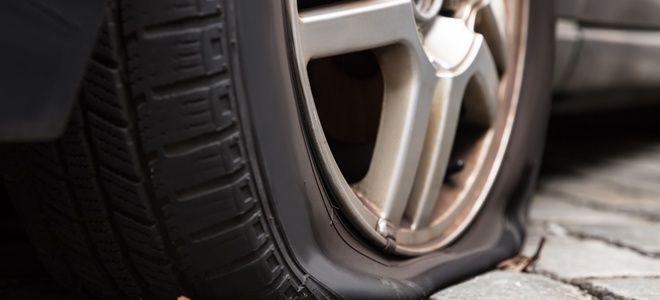FLATS ALL TIME IS A REAL Hassle, But HERE'S THE FULL RUNDOWN Of WHAT TUBELESS ARE, HOW THEY WORK, AND HOW TO Use THEM.
If it doesn't break, don't fix it? Well, that seems to be the case for wheels for a pneumatic wheel. Since it was invented by John Bodon Donbob in 1887, the tire has remained intact for decades, a flexible inner tube that provides rotation for a smooth and effective process for the outer shell Rubber-coated provides protection and grip and flatness.
That was until 1999, when Mavic first invented the no-tube bike system. At first, mountain bikers were generally recognized by Tubeless, but since then the innovation has expanded to include cyclo cross gravel and even regular road bikes.
The cordless tubes have become lighter, more reliable, and now offer a better driving experience than previous models. Tom Hopper, a longtime cycling expert and EF World First VorldTour team (fully revealed, is still racing with regular tube tires). If you have not yet transitioned into unemployment, here's what you need to know about this transition in life.
Simple tires are the most common type of tire sold on wheels. As it spills, it accents the wheels and beads, securing the tire to the edge. Resins are generally occupied by air pressure, and though they are easy to set up and lock when you get a flat, they are a bit heavy and the tubes are sensitive to house debris.
The tube has an inactive box, completely enclosed by a tire housing that is attached to the base. The tire is glued to the edges. The advantage of pipelines is the high precision of ride quality and generally the lowest weight and rolling resistance. The downside is the flat (with no easy fix) and complicated installation.
The incense tire has the same parts as the regular clone, but no inner tubes. Instead, tires or gloves are used to make the tire secure. The springs and grooves are different from the classic ones, with the lock profile forming a pressure seal - the way the sandwich bag is closed.
The ribbon trim is not the only difference between the wheels themselves. Because tubeless tires can hold air, the wheel loads must be closed completely. The tireless tire also offers the ability to apply low pressure for easier and more comfortable driving. But that's all it costs: The turbocharger may be the toughest of all three (especially mountain bikes). At first, they can also be a small upgrade, and though the apartment is cheaper, if you get it, the local repairs are usually irregular and take longer than the usual location.
Done without a hose or compatible hose
Today, air ducts are the dominant style of wheel and tire for mountain bikes. But the attributes that make it desirable also have room for gravel and bicycle paths and even intruders into an efficient road system. When considering non-piping operations, you will hear three general terms: ready-to-pipe and UTT.
Tubeless Preparations: The dominant technology in the cycling industry today is that tubes and tubeless bicycles have locks, but the profile across the real parts of the trailers and locks varies from brand to brand. To get ready for the tubeless tubing, the full wheel spoke to the adapter with the tracing tape. The tubeless tire has a coat made by UTT (see below). This makes them lighter and also means that they need a stove to hold air.
Corrugated pipe: A wheelchair or tube is one in which the frame does not have a keyhole lock, but the bearing itself is not sealed. Some companies use the synonym "read no pipe" and "read no pipe". In any case, the components required to operate the integrated wheels and the tire as seamless are the same: a closed bed, a tire locking rod, with no holes and a gasket.
UTT: The abbreviation for standard intellectual property of the Tumbler U Utility System, established in 1999 in partnership with Hudson and Michel. UTT is an engineering standard with proper square locks for cushions and tires and tires with a non-sticky rubber coating, so it can inflate and hold air without sealing. Some companies produce tires that are compatible with UTT, but Mewi is the only company that produces UPS wheels and wheels. Tire of U. A.S. The weight is heavy and the UTE standard has not been updated on modern mountain bike discs, making it a small part of the overall market today.
It is important to note that in addition to UST these are general terms, not technical standards. In a ductless and compatible system, the difference in tires and discs depends on the brand. Take a look at the manufacturer's instructions for the instructions, and don't try to wear tires or tubes or air ducts. Without locking the beads, you run the risk of an unforeseen explosion that breaks off the edges, even under normal tire pressure.
Tips for installing tireless tires
We're not going to get rid of the sugar: the first tire released without a tire can be annoying. Mike Curiac, a longtime truck driver and photographer who built thousands of wheelchairs on his Lamin 29, has a tried-and-true approach: he uses a tube first, suppressing normal pressure, and then adjusting the wheel in the hot sun. One hour.
"It does three things at once," he explains. As a result, the straps are glued to the hollows, pushing air bubbles out of the straps, and retaining at least one rubber. In addition, if you use new tires, it can also help the tires reduce the bending due to longer wheel loads that prevent them from sitting.
Lift the wheel and allow it to cool to room temperature (so that the grip tape does not become flexible). Then push a ball, remove the tube to fit the valve and replace the bead. Add the recommended amount of gas through the stem, back, valve, and inflatables. Curiak says he uses a regular floor pump, or Hopper says he found tires / wheels just needed to blow the air compressor or floor pump similar to a Bontrager TLR Flashcharger.
Other tricks for growing the beads include a long belt (or even a spare pipe drop), encircled by a circle of wheels to help push the bend toward the edge and gently spin the wheel when inflating. Applying clean soapy water to a clean cloth or sponge can also help to smooth the tire.
Un repaired tips
sealant The news releases most small discoveries. Your only clue could be a small piece of gasket - white on the tread. If you have a large hash, especially you are likely to have three repairs: plugs, patches or tubes. The best of the three. If your seal is nice, say, a plug or two usually uses tricks for punching mid-range. We like the DinaPlug Racer, which lets you move quickly through repairs.
Different cuts are suitable for larger cuts, such as splitting: The adhesive tape is a container, but Curiac used pieces of leather or noodles with old gloves. "You don't have to sell it as a repair kit to get the job done," he says. Patch repairs may be more or less for permanent repairs, but check the side barrier after each process for any signs that the cover has failed. If the cut is even, apply the Gear Aid AkuaSeal UV on top to keep the edges.
If the patch does not work, install the hose, but Curiac warns that there are cracks or other impurities that could cause the tire to get stuck. He warns, "You are missing a small thing and you are wasting your time running out of pipes and still have an apartment." You can always be creative. "I used to help a guy fill his bike with pine needles and then he blew CO2 to bring it home," says Hopper. Another important thing: Latex gloves - A lockable house without a hose can be cleaned with gas.
To cut the flats, check the seal regularly (every few months or more in hot weather), wipe the bead and make sure the seal is still liquid and does not evaporate and dry in the "hull". Or push the tire to the side to see if you can hear it slip. If it is dry, remove the tire, clear the debris and install a fresh seal.
Tubeless tires require slightly different tuning techniques and have higher maintenance requirements than traditional ones. But, Curiac says, especially for mountain bikers and gravel riders, the benefits outweigh the nature required. "Today's technology is amazing. I don't see any shortage in use," he said.
Other tubelist conditions you need to know
Stamp: A liquid that protects the system from air leaks and breakage. There are different formulas, but, as a rule, they have small rigid fibers or rubber suspended in some liquid matrix (resin is common). Seal clogs the tire when pulling the wheel and covers it to prevent general air loss and seal small breaks.
The boiler box is effective for punches up to a certain size (usually a few millimeters). Large breakthroughs like sharp stones pierced to the side will trigger the aircraft and require further repairs. Sealers are stored for many years in well sealed containers and in rubber for one to six months.
Valve Pipeline: The hollow tube consists of a rubber tube and nut that protects the valves on either side. Often the core is removed, allowing you to add a seamless sealant. The most common form of rubber sealing is characteristic of edge sections; One wheel company valve may not work with another brand.
Ductless plastic tubing: Plastic tracing tape used for closing the dining room against air loss. Not all spheres are circular. Look for the cassette specifically for tubeless. If your pair of wheels has a hard bed with no pins, it does not need a cable. Unrestricted straps are the right thing to do. Prepare the mat for the hole, rub it with alcohol or acetone and a clean cloth and allow it to dry. Tighten the straps tight enough to prevent it from deforming around the hole in the speech and keeping it straight and without wrinkles. Hopper says double tape wrap contributes to better and more durable sealing. The tubular tubes are very light; This only adds a few grams of weight.












